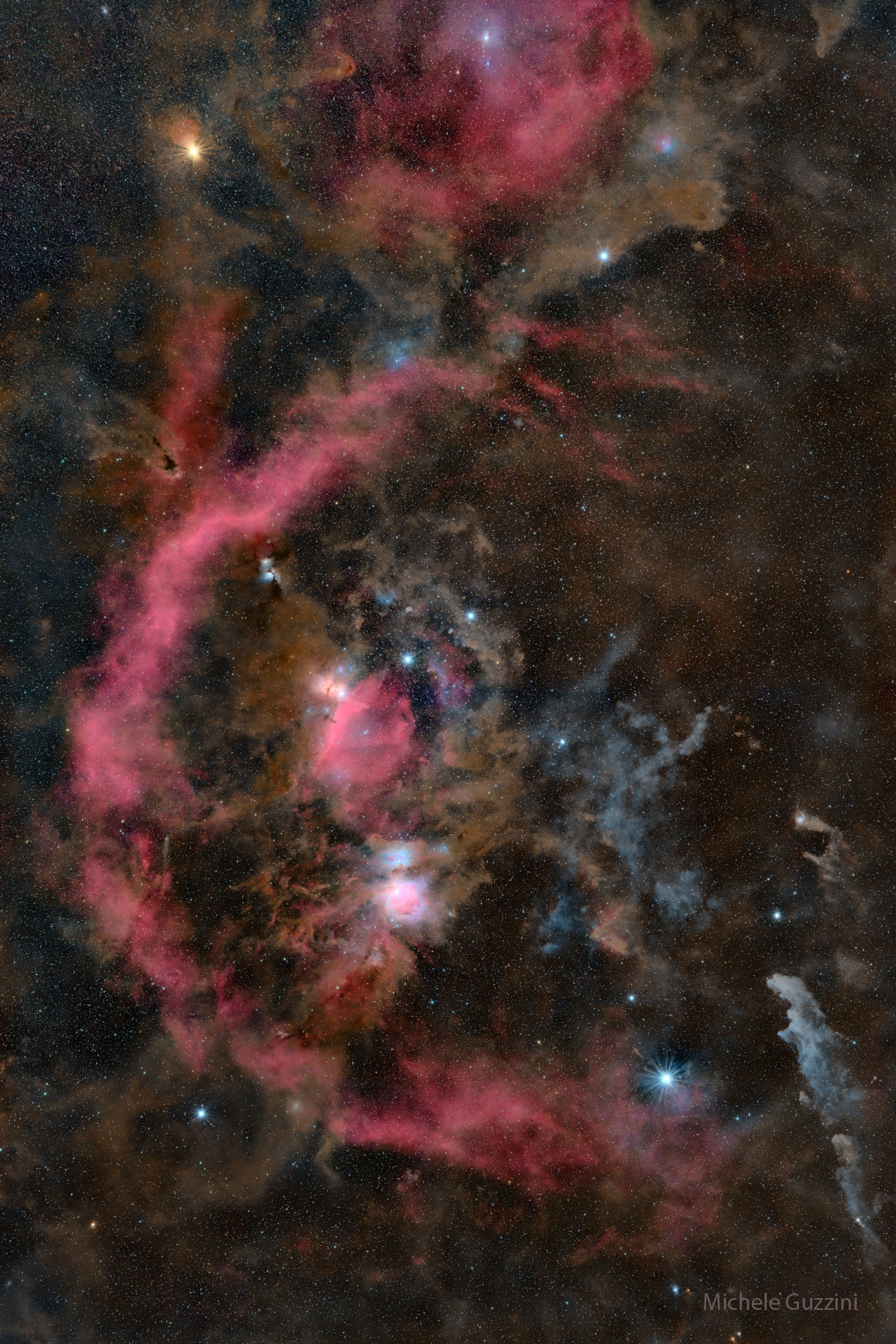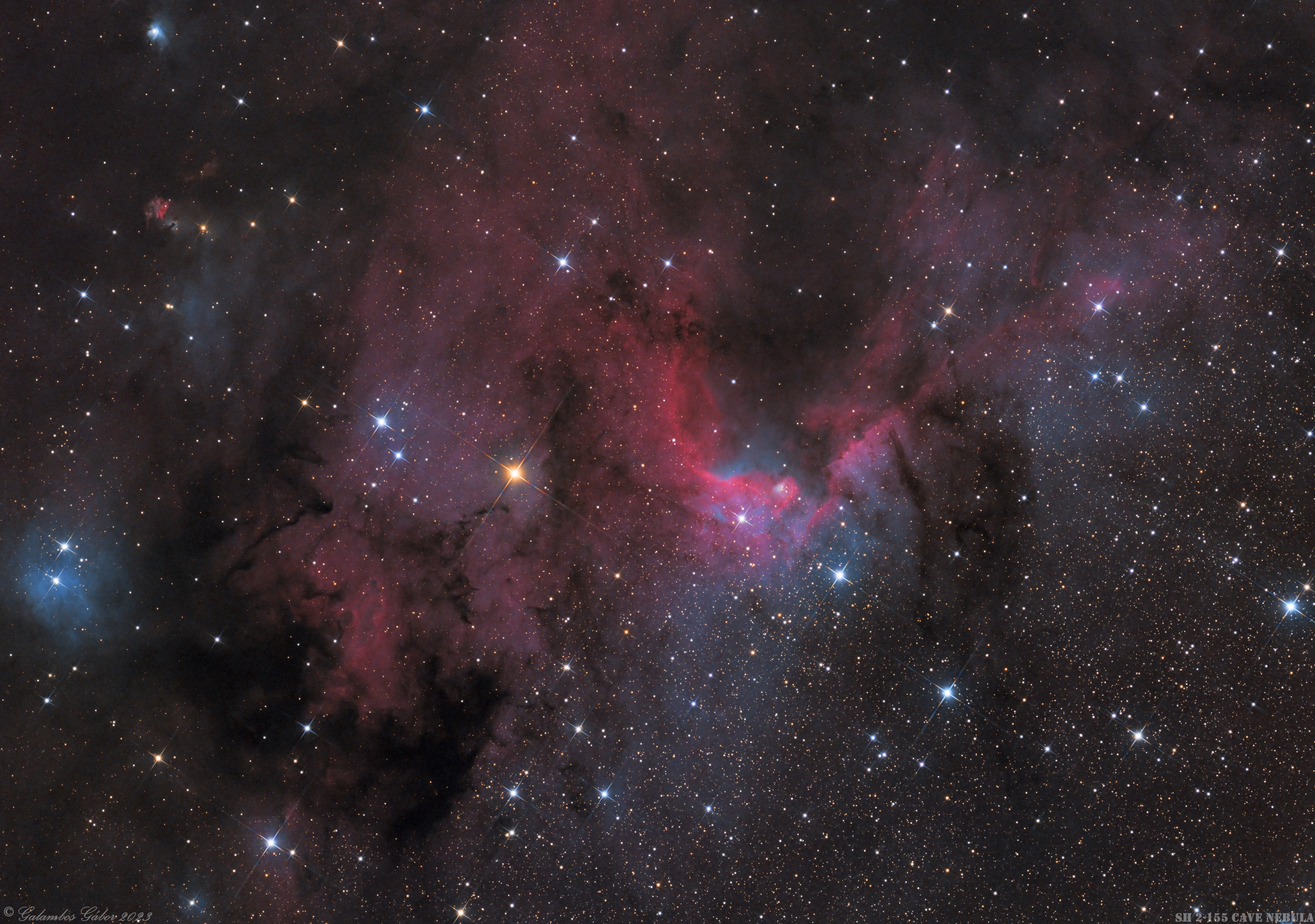26
27
28
1
James Webb telescope discovers the oldest, most distant black hole in the universe
(www.livescience.com)
29
30
31
32
33
34
35
36
37
1
Nasa unveils quiet supersonic aircraft in effort to revive commercial flights
(www.theguardian.com)
38
39
41
42
1
Using Hubble, scientists observe weather on exoplanet - NASASpaceFlight.com
(www.nasaspaceflight.com)
43
1
NASA Finally Removes Last Two Fasteners To Access Historic Bennu Asteroid Sample
(www.iflscience.com)
44
45
46
47
48
49
1
NASA Selects a Wild Plan to "Swarm" Proxima Centauri With Thousands of Tiny Probes
(www.sciencealert.com)
50



